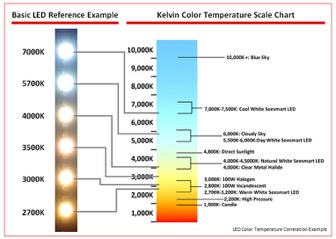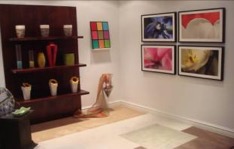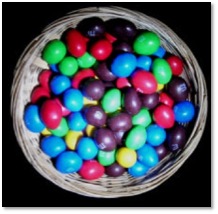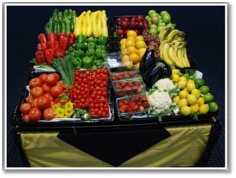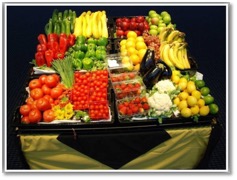
By Larry Mogelonsky, MBA, P. Eng. (www.hotelmogel.com)
Converting to LED lighting is a standard practice these days with numerous benefits beginning with energy savings and reduced unit costs. And unlike the curlicue CFCs and other traditional filament bulb predecessors, LEDs now offer a myriad of variations.
One of the experts in this field is Douglas Schwartz, the CEO of Planet Awaken (www.planetawaken.com), a worldwide leader in municipal and large-scale installations. In looking to convert my own home to LED lighting, I contacted him for some advice. Our conversation quickly turned away from unit cost or specific manufacturer and onto optimal color temperature, so much so that I arranged for a formal interview so that I could convey his full thoughts on one prominent side effect of LED conversions.
According to Schwartz, there are two key parameters when addressing lighting color: temperature and accuracy.
Color temperature is described as a method of describing the hue characteristics of light, usually either warm (yellowish) or cool (bluish), and measured in degrees of Kelvin (°K) as a low burning fire would give way to oranges, yellows and all the way up to white hot. Here is what a room looks like with lighting at different degrees of Kelvin.
Despite these differences in color temperature, not all artificial light sources are equal in their accuracy either. The Color Rendering Index (CRI) measures the ability of a light source to accurately render all frequencies of its color spectrum, when compared to a perfect reference light of a similar type (color temperature).
This is rated on a scale from 1-100. The lower the CRI rating, the less accurately colors will be reproduced. For reference, an incandescent bulb is a perfect 100.
Not to confuse you, the CRI comprises 14 unique scales: the first eight (R1 – R8) are for medium saturated colors and the last six (R9 – R14) pertain to highly saturated colors (red, yellow, green and blue) as well as complexion and leaf green. Below are two examples to show how CRI results affect the way we see objects. I’ve selected food, where appealing to one’s appetite is particularly important.
When planning your LED conversion, as demonstrated above, there is more to consider than just long-term savings. First, select the color temperature, and then carefully analyze the CRI data on your product selection. Ask your supplier for the complete details of each and every type of light being selected.
Make sure that you have chosen the right bulb to meet your guest needs as color temperature can play a profound role in ambient room mood and the impression your hotel makes on visitors. And now that you are appropriately armed with more information on color temperature and accuracy, know that both measurements are only two of the many criteria involved in your move to LE lighting.
This article may not be reproduced without the expressed permission of the author.
Editor’s note: To discuss business challenges or to discuss speaking engagements please contact Larry directly.


